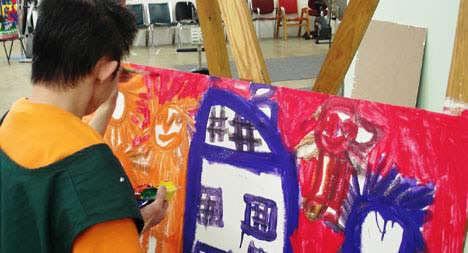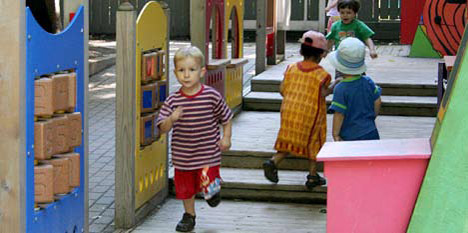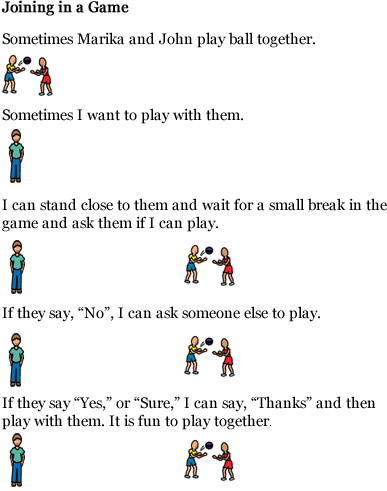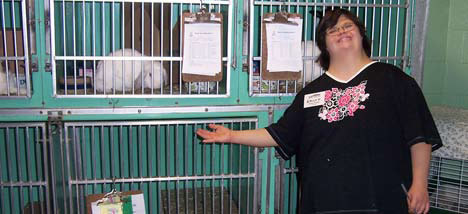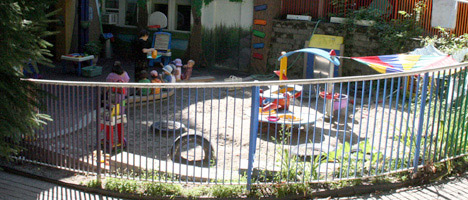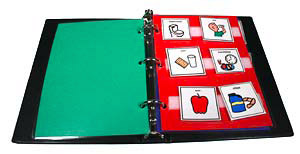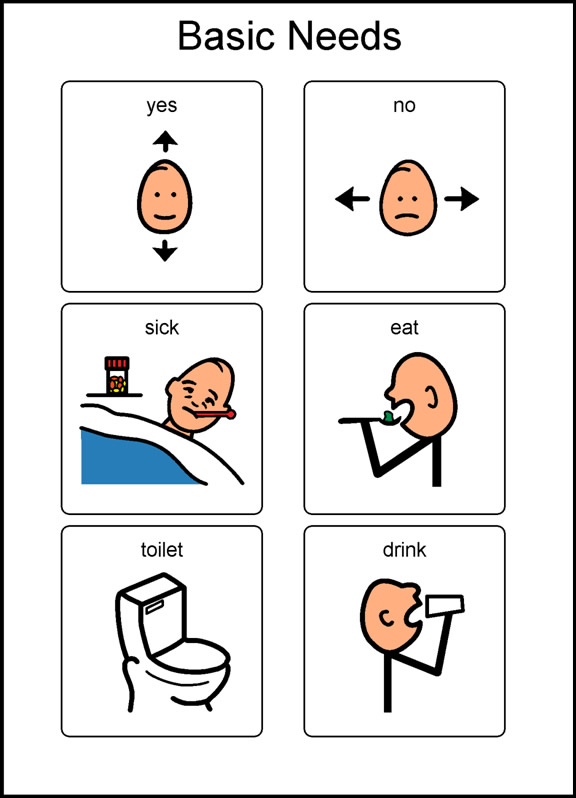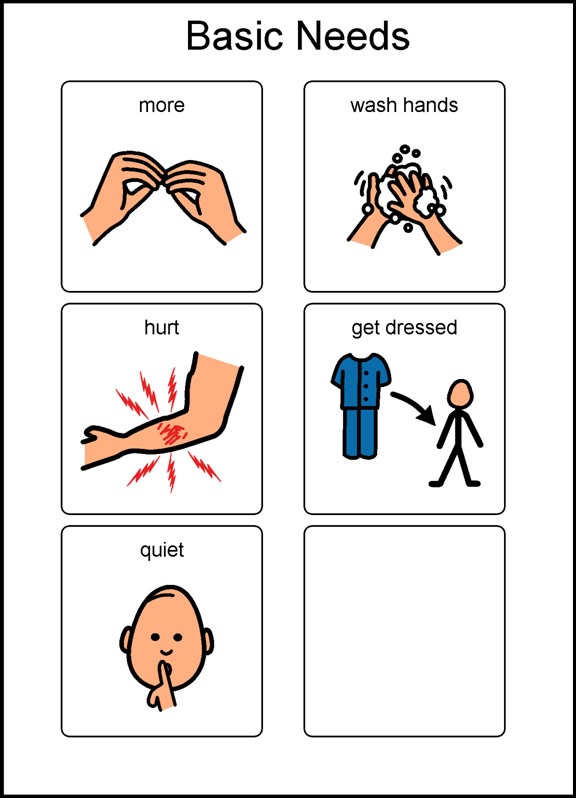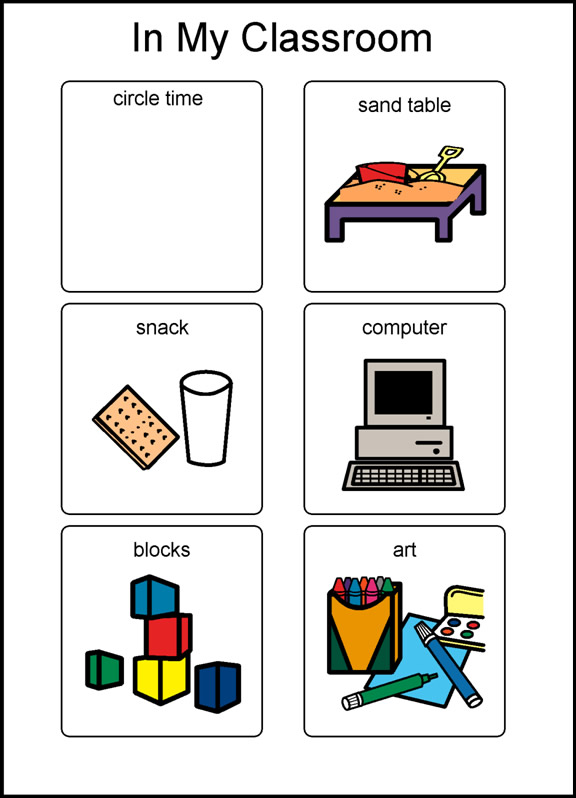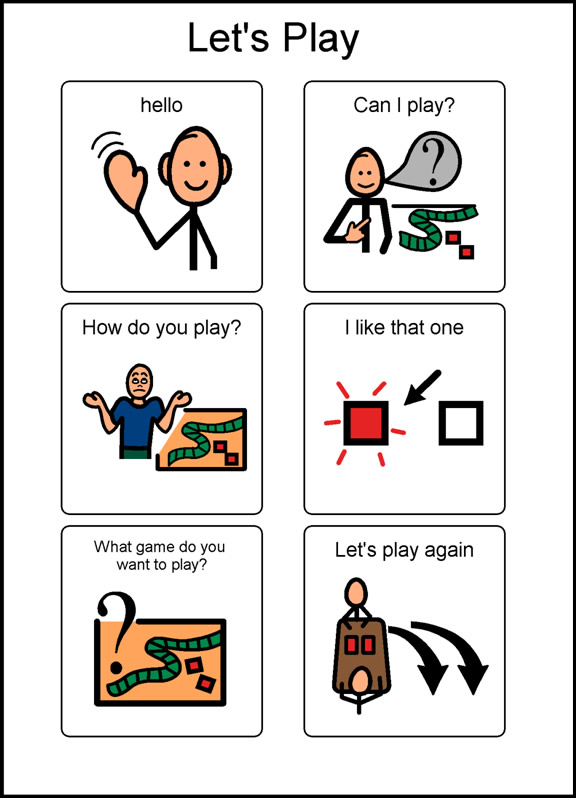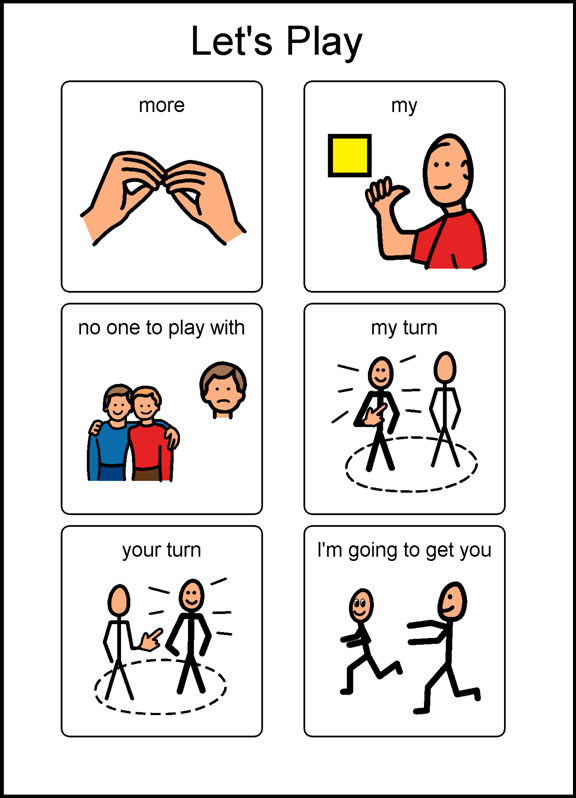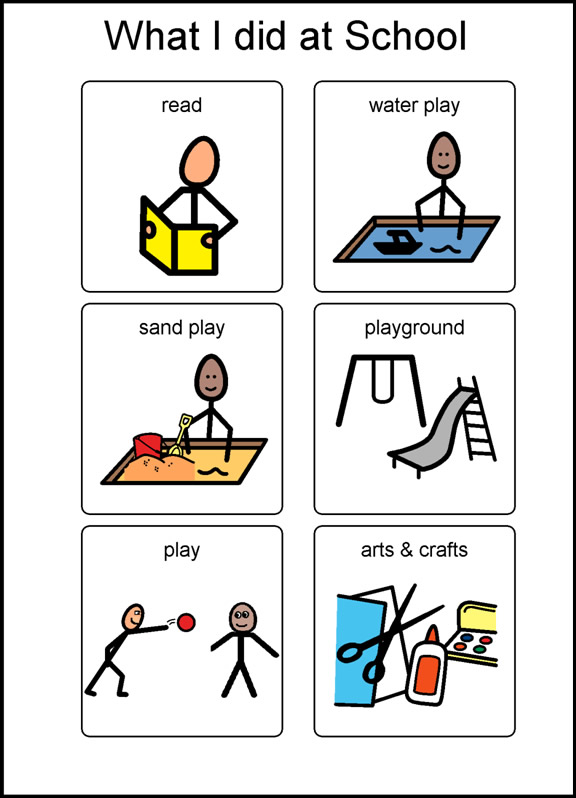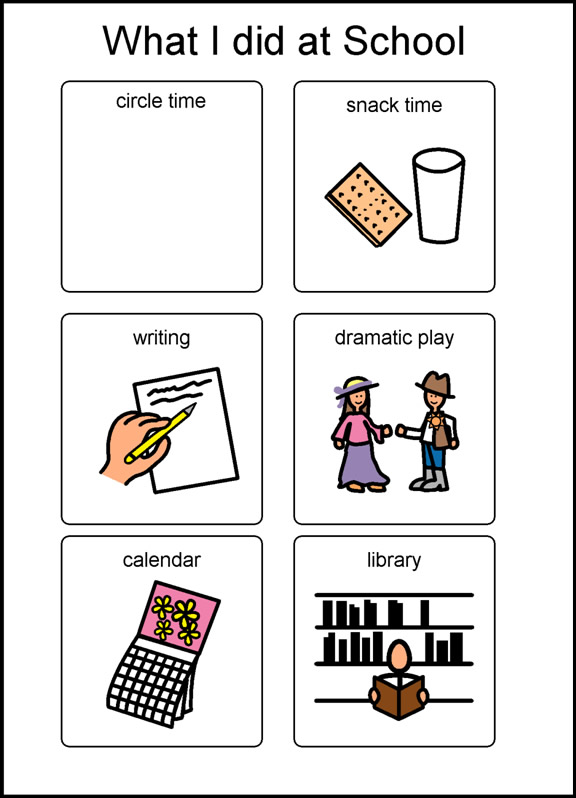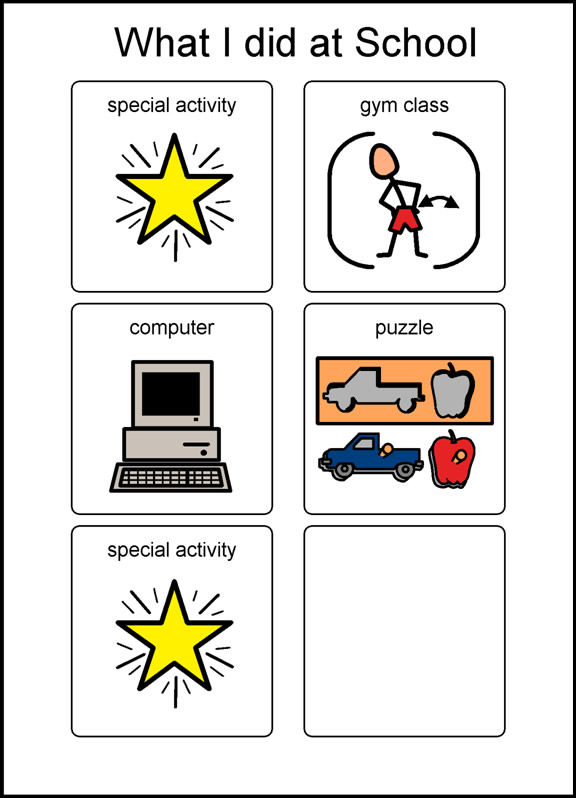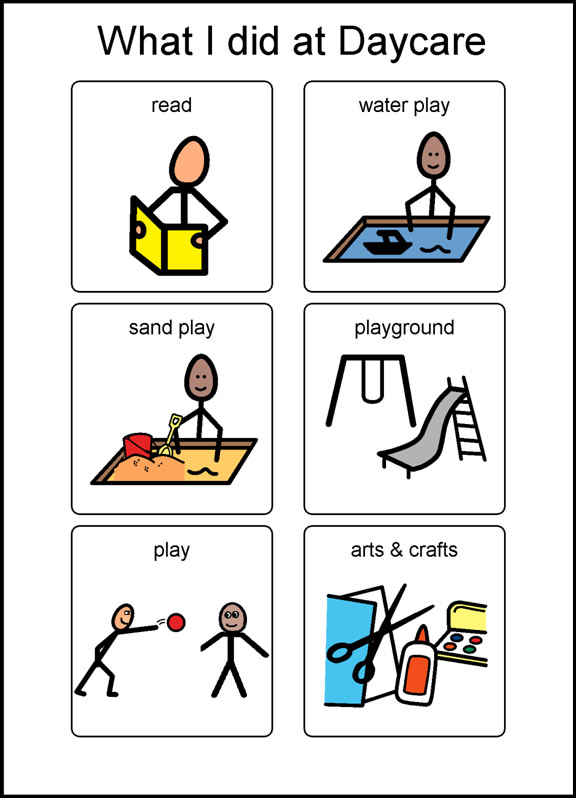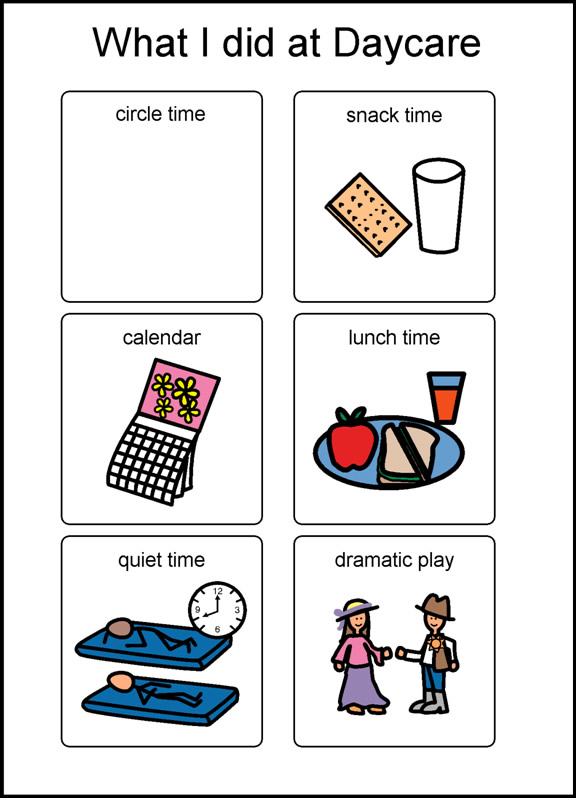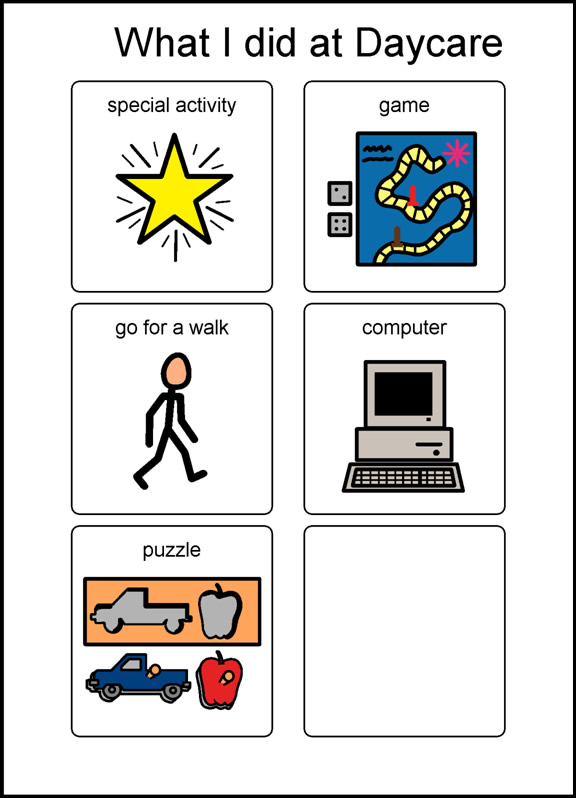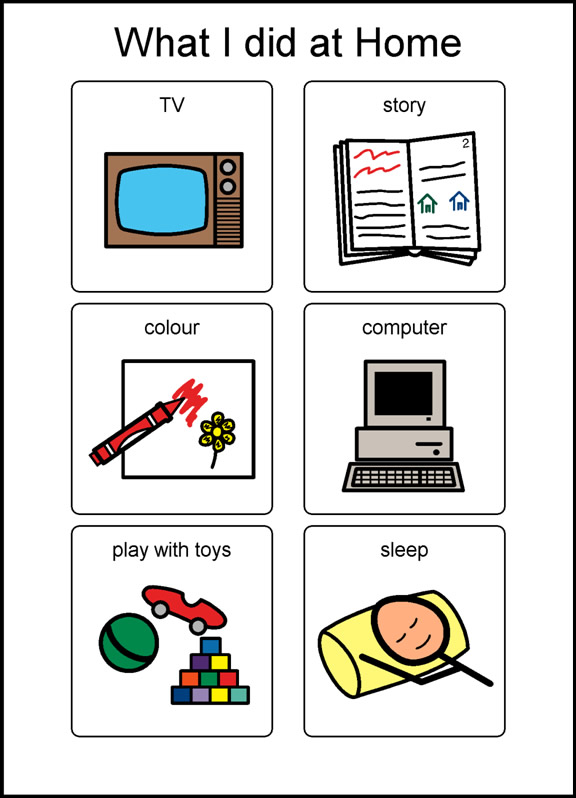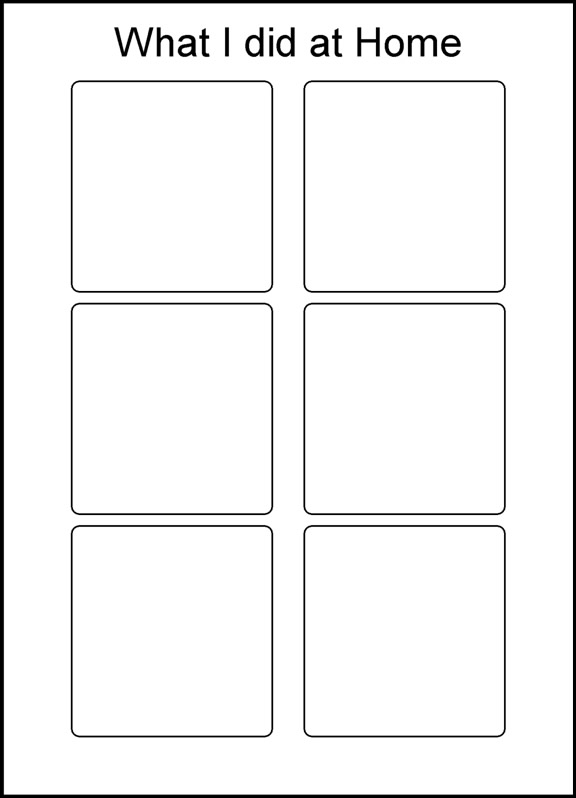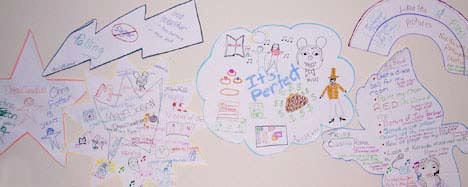
Person-directed planning helps you think about the life you want and your future.
With the help of a facilitator, it is a process which:
- Is directed by you
- Supports you to make a plan for the best possible quality of life where you live, work and spend time
- Identifies and strengthens your personal support network
- Supports you to be involved in your community
- Helps you develop goals and determine who will help you reach your goals
- Identifies all informal and formal supports and services needed
- creates a living document that should be reviewed at least once per year and changed as required.
Person-Directed Planning:
- is a service to help you create meaningful life goals and find community connections with the help of important people in your life.
- is not case management or a referral service. If you do not want to spend time planning goals for the future, but only want help finding a service, planning may not be right for you at this time.
How can person-directed planning help me?
Planning can help direct your life the way you want. Planning can help you figure out how to share your strengths and talents, and how to find new opportunities. It’s good to be clear about what you want to do, how to do it, and the support you need to create the future you want.
Person-directed planning assists a person with developmental disabilities to create a meaningful life in their community by identifying their life goals and finding community connections, services and/or supports with the help of their families and/or significant others of their choice.
For example:
- Identifying abilities and interests
- Finding volunteer, employment and/ or educational opportunities
- Enhancing independence skills
- Making connections to social and recreational activities
The focus of planning is based on the goals people set.
Is this the right time to work on a Person-Directed Plan (PDP)?
- Planning: Am I interested in planning for my future? For example: planning for life after high school graduation, moving somewhere different, or trying something new.
- Goals: Am I ready to develop goals to create a meaningful life in my community? For example: meeting new people, learning a new skill, and or finding a job.
- People: Am I interested in including people in my life or developing a network of people to help me plan for my future? For example: family, partner, friends, neighbours, or teachers.
- Timing: Can I spend some time visioning, dreaming, and planning for the future or am I in urgent need of help? For example: stable housing or health
Other useful information about Person-Directed Planning:
- A. For adults (18 years of age and older) access to person-directed planning is through your local DSO http://www.dsontario.ca/ (For example: For Toronto Developmental Services Ontario Toronto Region (DSOTR) Phone: 1-855-DS-ADULT or 1-855-372-3858 Tty: 416-925-0295 Fax: 416-925-3402 Email: DSOTR@surreyplace.on.ca http://www.dsotoronto.ca/
- B. For children and youth up to age 18 person-directed planning is available (usually without cost). (For example, in Toronto: Toronto Community Living Toronto 647- 426-3220. For youth between 14-18 years of age: Corbrook 416-245-5565 ext. 222)
- C. Passport funding can be used to pay for person directed planning.
- D. You can choose a Plan without implementation or a Plan with implementation
- A Plan without implementation does not include staff support to implement goals. Informal supports, such as family members, community members, etc., can be used to help facilitate goals.
- A Plan with implementation includes a worker for up to one year to help facilitate goals.
- E. You can have an Independent Facilitator (not associated with a service provider agency) to help develop your plan (The Ontario Independent Facilitation Network) or you can choose a Ministry funded agency to help you develop your plan (Check with your local DSO to find agencies). Whichever you choose to there should be no difference in the quality of the plan.
How can I prepare for my plan?
To get ready for a plan, think about whom you want to invite and what goals and dreams you want to talk about.
What different ways is planning done?
There are many tools planners use. All are flexible based on what you like and how you communicate. The tools are not just another way to create a service plan, but are a different way of thinking about how to do what you want and reach your goals. Often your planning facilitator will meet with you before your planning meeting to talk about the tools and find what works best for you.
How often do I meet with my group to go over my plan?
In the beginning you may meet more often, but the number of meetings depends on the progress towards your goals and how often you want to meet. There may also be meetings with just your planning facilitator in addition to meetings with your group.
What is a network?
A network is a group of people who meet regularly to help you to reach your goals or personal vision. Usually, friends, family members, co-workers, neighbours, and sometimes service providers are part of a network. Most of the people in a network are not paid; they are there because they care about you and have agreed to work together to support you in making your life better.
How can a network help me carry out my plan?
- Support you with what you want to say
- Bring ideas and help in planning for the future you want
- Help you make decisions
- Use their personal networks to make connections in your community
- Give support
- Spend time with you
- Advocate on your behalf
- Provide friendship
- Celebrate together
How can I get help to build a network over the long-term?
Networks can happen at any stage in a person’s life but often form during periods of change or transition, such as starting high school, leaving school, moving out of the family home or looking for work.
A planning facilitator can help you to create a network. As you become more involved in your community working on your goals, you may meet people who might become part of your network.

